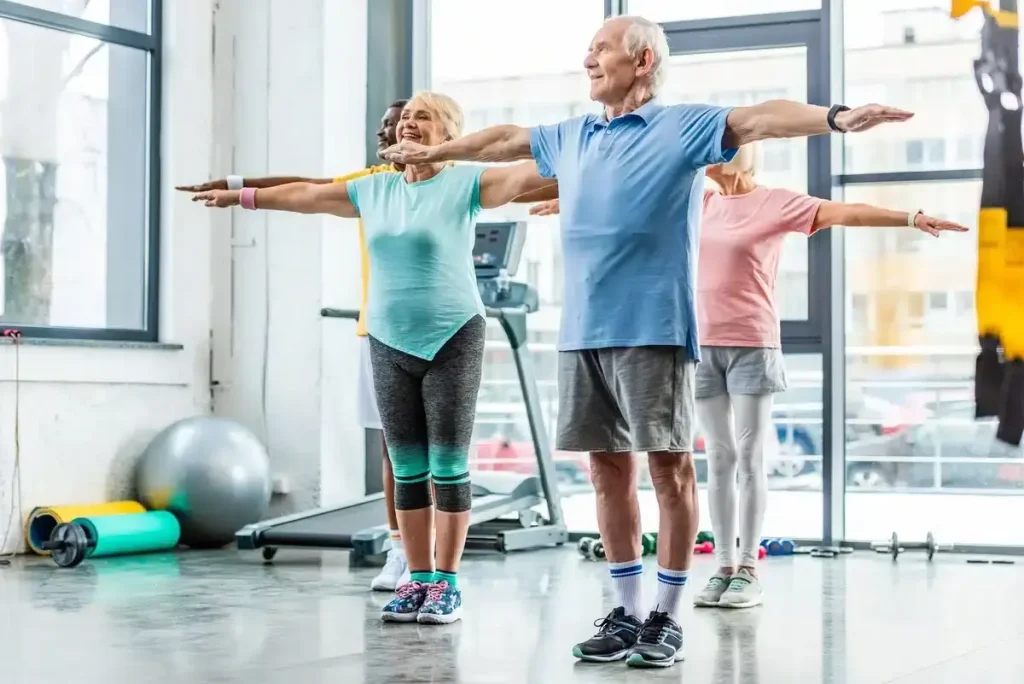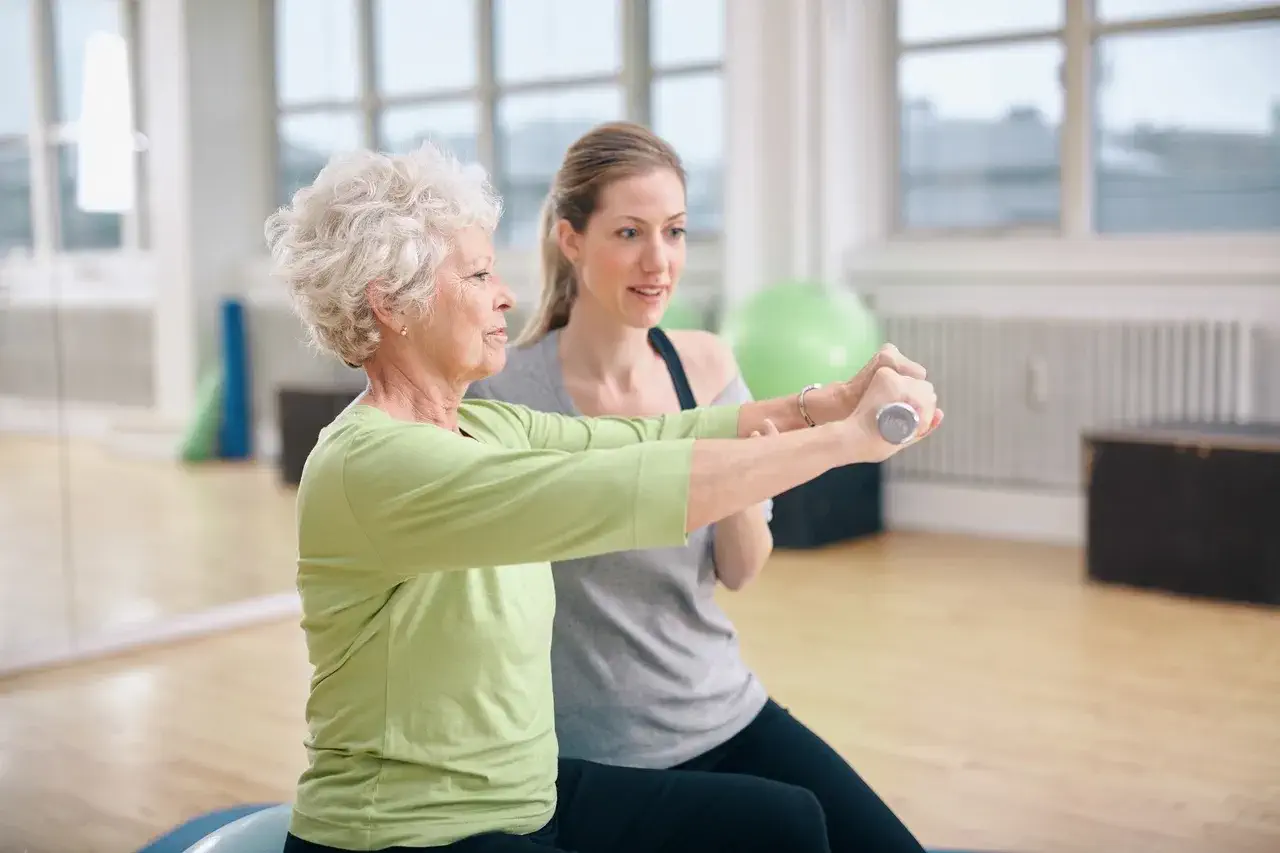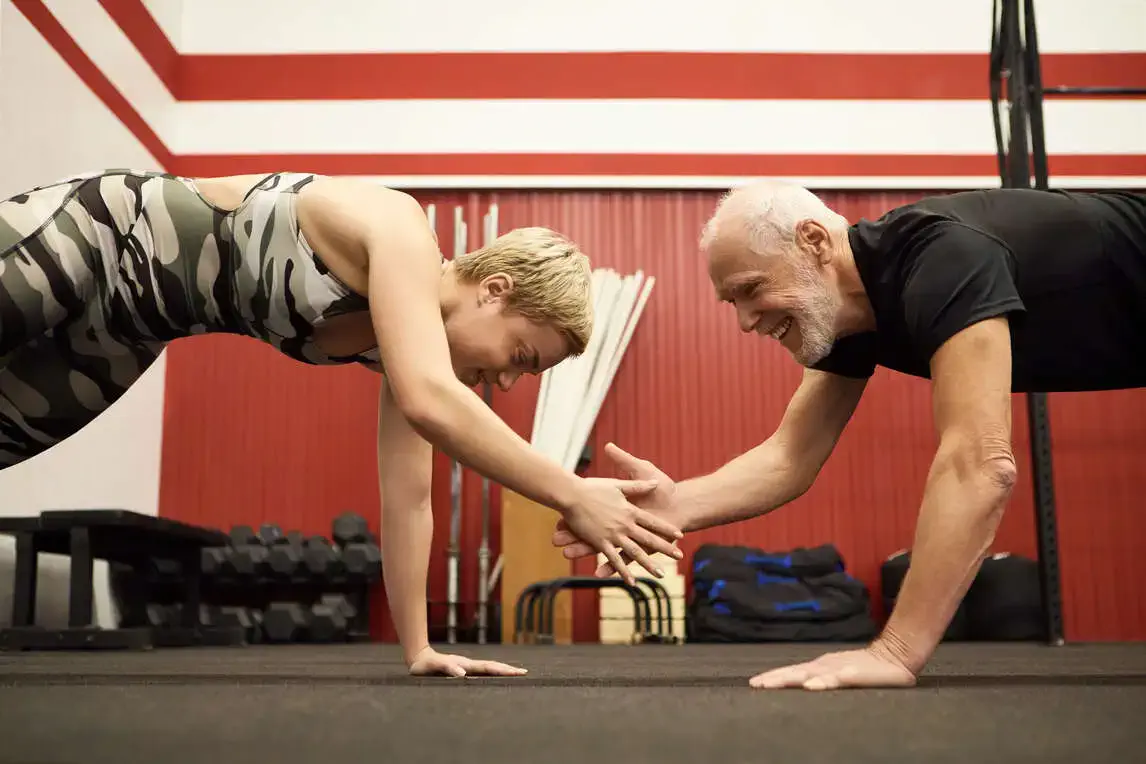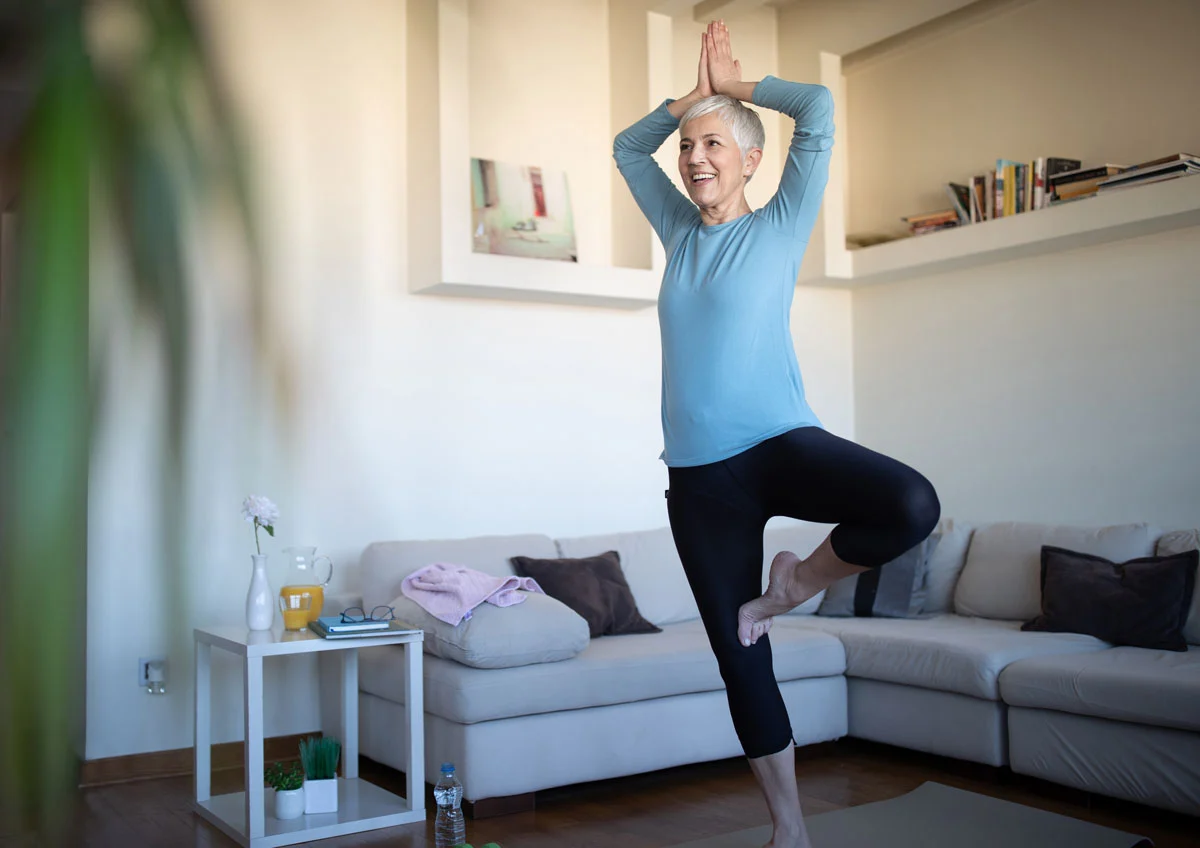
Best Coordination Exercises For Elderly
What do you think are the best coordination exercises for the elderly? We have dedicated this article from humanhealthmag to this topic. As we said in the article arm exercises for seniors with picture, for the elderly who recover from injury or illness and for those who experience chronic pain, exercise can relieve pain and restore physical functions such as flexibility, strength, Help balance and coordination.
Elderly exercise includes a combination of approaches including stretching, walking, massage and hydrotherapy. The goal of exercise for seniors is to make daily tasks and activities easier and to make seniors as independent as possible.
Some Coordination Exercises For Elderly
In general, there are many coordination exercises for the elderly that can be useful for the elderly. Exercises suitable for the elderly are often lighter and easier exercises so as not to harm the person. Physical activity for people of any age is divided into 4 categories, which are:
Light aerobic sports: Aerobic fitness activities (cardiovascular) have an effective role on the health of the lungs and heart. The best aerobic sports that are suitable for the elderly are:
- Walking
- Cycling
- Dance
- Aerobics
- Tennis
- Swimming
Doing housework such as cleaning or gardening is also a great aerobic exercise. Exercises such as fast swimming will be very useful and effective for those who find it difficult to perform normal movements for several reasons such as complications such as arthritis. It is recommended to do these exercises for the elderly with complete caution and not to put too much pressure on the body while doing them.

Resistance and strength sports: Strength and resistance exercises help and strengthen bones and muscles. Performing bodybuilding and strength exercises by the elderly; It increases the density of bones, thereby reducing the risk of falls in people with osteoporosis. The best strength and resistance sports that are suitable for the elderly are:
- Weight training
- Lifting and carrying (eg, groceries or small children)
- Resistance training with body weight
It is recommended to include muscle building and strength training 2 to 3 times in your weekly schedule.
Stretching and relaxation: Stretching and gentle stretching are among the flexibility activities that help to move easily. Some of these sports include:
- Tai chi
- yoga
- Dance
- Pilates
It is recommended to do some stretching exercises daily. You can even do these exercises easily while doing your daily work.
Balance movements: In order to maintain and create balance, the elderly can perform balancing movements to strengthen their bodies and prevent them from falling. Some of these balance exercises are:
- Yoga for the elderly
- tai chi
Fortunately, these exercises can be done outside the gym or gym. In addition, there are fitness programs and tools online that can be used at home. Those who have disabilities or less mobility can do these exercises to keep their body active. In the following, we will learn about other coordination exercises for the elderly.

A Complete Guide To Sports Exercises for The Elderly
After learning about coordination exercises for the elderly, now we want to talk about how to do exercise for the elderly. For the elderly, light sports do not have a complicated routine and do not even need a coach. Just do the exercises that you enjoy from the list of sports exercises for the elderly. Based on the research conducted in this field, the following weekly schedule is suitable for the elderly:
- Include at least 150 minutes of walking or other aerobic activity in your weekly schedule
- It was said to do strength training 2-3 times a week, but you should never do these exercises two days in a row.
- Do stretching and balance exercises every day
- If you have a lumbar disc, you must consult your doctor before starting any exercise
This program is suitable for maintaining body balance and preventing falls and includes several exercises and sports that are suitable for the elderly.
The Benefits Of Coordination Exercises for The Elderly
In general, coordination exercises for the elderly have many benefits. Exercise plays an important role in the prevention or management of various chronic conditions that are common among the elderly, including:
- Cardiovascular Diseases: Exercise strengthens the heart and improves blood circulation, reducing the risk of heart attack, stroke, and high blood pressure.
- Osteoporosis: Exercise strengthens bones and muscles and reduces the risk of fractures and falls.
- Arthritis: Exercise can help maintain joint flexibility and reduce pain associated with arthritis.
- Improved physical function: Exercise helps maintain or improve physical function and allows older adults to perform daily activities with greater ease and independence.

- Muscle strength and endurance: Regular exercise increases muscle strength and endurance, allowing older adults to carry groceries, climb stairs, and participate in other activities without feeling fatigued.
- Balance and coordination: Exercise improves balance and coordination, reducing the risk of falls, a major concern for older adults.
- Flexibility: Exercise increases joint flexibility, prevents stiffness and improves range of motion.
- Social participation: Participating in classes or group sports activities can provide opportunities for social interaction, reducing isolation and loneliness, which are common challenges for older adults.
- Improved overall quality of life: Regular exercise contributes to a higher quality of life for older adults, enabling them to remain active, independent and engaged in their communities. This creates a sense of well-being and allows them to enjoy life’s activities to the fullest.
Concluding Remarks
Coordination exercises for elderly have an effective and useful role for these people and increase the mental and physical health of a person. Overall, exercise is very important for seniors and offers many benefits that enhance their overall health and quality of life. Regular physical activity can help prevent or delay age-related health problems, maintain independence, and increase mental well-being. Do you want to see some arm exercises for seniors with picture?!
Exercise for the elderly should include elements of strength training to strengthen muscles, aerobic exercises to increase aerobic capacity, stretching exercises to increase body flexibility, and balance activities to improve body balance. Appropriate exercise for the elderly strengthens the muscular system, improves body flexibility, helps maintain balance, and protects the joints, especially the spine and hips. It also increases respiratory fitness and improves aerobic capacity. In this article, we introduced the best exercise for the elderly, we hope this article was useful for you.

FAQs
Is Coordination Exercise Suitable For the Elderly?
yes Whatever your age, you can enjoy exercise and its countless benefits. There are many reasons to stay active and exercise regardless of your age. In addition to being useful, exercise and physical activity can also be fun, especially if you can socialize with other people at the same time.
How Much Exercise Is Necessary For the Elderly?
Exercise for the elderly should be about 30 minutes of moderate intensity every day. Moderate-intensity exercise will leave you feeling a little out of breath, but you should still be able to talk comfortably. Include different types of physical activity (strength-aerobic-stretching) in your daily schedule; Because having variety makes it easier to stick to it over time.
How Is Exercise For the Elderly?
The healthiest form of physical activity for the elderly is an activity that works as many body systems as possible. It is necessary to choose the right form of exercise according to the health and fitness of the elderly. As with any physical activity, you should first start with gentle and short-term exercises for the elderly so that the body gets used to the exercise, and then gradually increase its intensity as the body adapts.
